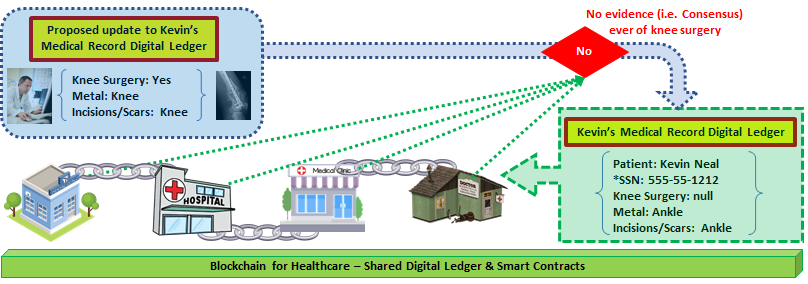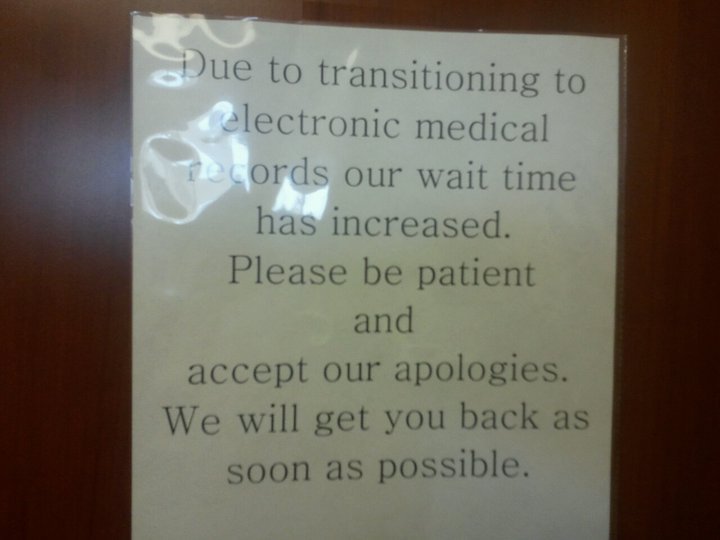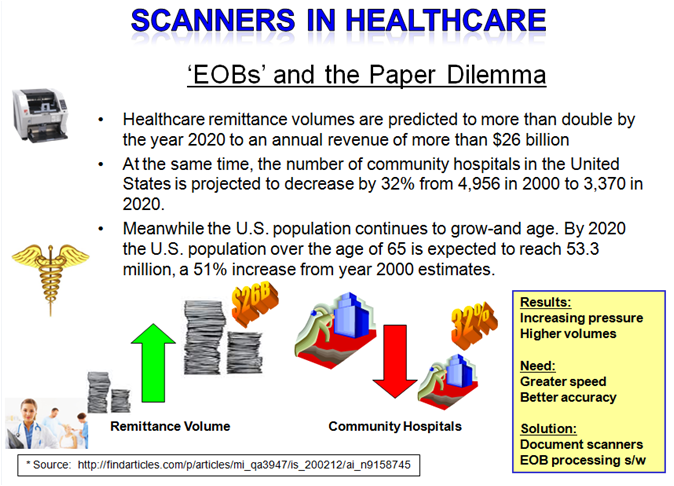Blockchain for Healthcare
Let me start this story and cut right to the chase. At my recent physical therapy visit there was an error in my medical record chart. This was no big deal for me other than just setting the record straight with the therapist but, as you might imagine, it could have negative implications for the person whom this important information is most likely missing from their medical record chart…


